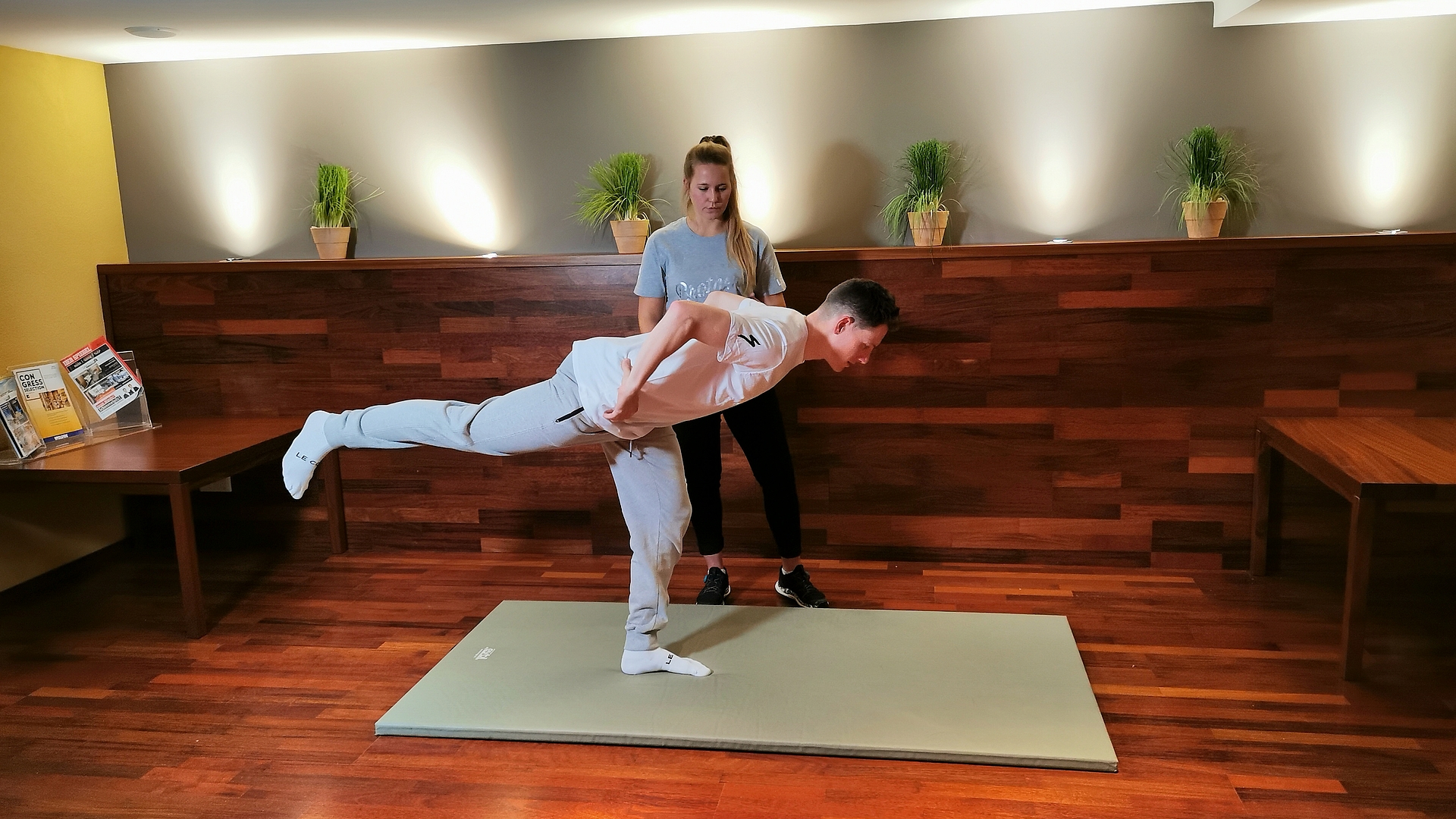
Athletic training in endurance sports – the next step
February 2022
After Hansi Friedl cleared up the misconception of ‘strength training’ and gave an introduction to athletic training in part one, we now take a closer look at the topic in this second part. Why do athletes need a good athletic basis regardless of their performance level and how does it all work in the human body?
Photo credit:
BORA – hansgrohe
BORA – hansgrohe / veloimages.com
Our body is an extremely complex-structured marvel of nature. And when subjected to repetitive strain for hours when cycling, for example, this marvel is really put to the test. Links become apparent in cases where cause and effect are not always obvious. For example, a pain in your foot can be caused by a problem in your spine and vice versa. Because no matter what (endurance) sport you’re into, it always works the whole body with all of its muscles and joints, and this interaction needs to be practised. After all, for the body to work properly as a whole, the small muscles and joints need to function well too. Hansi knows that “you can only train properly and move efficiently if you have overall stability.”
A fit body before a bike fit
It doesn’t matter how strong your legs are, if your torso can’t support the strength of your legs you’ll end up moving or sliding on the saddle and tensing your body too much. In other words, a highly trained muscle can cause a lot of damage if you lack stability. You run the risk of secondary injuries, often in the spine or other joints. They may start out as a slight pull, but they soon spread and can be very painful. The worst example of this is a slipped disc. If you don’t have stability in your spine, the disc will press on the nerves. The surrounding muscles then become very tense and prevent movement. At times like this, the largest muscles are no help if the smaller muscle groups cannot be specifically controlled, as they end up becoming overstrained and tense. When people have minor complaints, they often try to get the problem under control with bike fittings or other adjustments. But this only makes sense if you have a healthy physical basis. “For amateur athletes, it is often much easier and more effective to take a look at their own body, but they should correct any damage with systematic training”, suggests Hansi. Of course, athletic training is also worthwhile if you have no problems or pains. Personal and physical development doesn’t always have to be reflected in numbers, it can often be envisaged over the long term through a more sustainable and healthier training approach that prevents injuries. And who doesn’t want to remain active when they get older?
Small muscles, huge effect
As with all movements, the brain acts as a control centre for the entire body. This is where the muscles are controlled, which in turn enable the joints to move and keep them within a stable axis. But it’s precisely the small muscles which ensure stability in the spine. These need to be able to withstand the strength and lever action generated by the large muscles. The problem is that although it’s relatively easy to control and train large muscles with visible movements, it’s quite a different matter for small muscles. It is very hard to control these muscles consciously, as they only cause small, barely visible body movements. However, you can also precisely control these ‘balance muscles’ with the right exercises. Physical awareness and concentration are required for this. If your mind is consciously aware of the small changes and the stability derived from them, it can memorise this feeling during consistent training and gradually recall it subconsciously when training on your bike. We show you the exercises you need for this in the video below. These exercises build on those introduced in part one and require some athletic training practice. If they are too challenging, spend a couple more weeks training with part one, then gradually increase the difficulty level. All the while, aim to consciously perceive the small movements, too. That way, you’ll create the ideal conditions for a long and good summer!